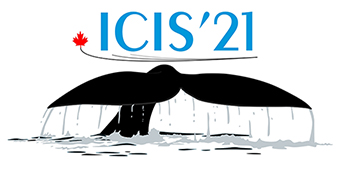Speaker
Description
The hollow meniscus shape in the multi-stage MeV-class accelerator for ITER was identified for the first time by the reverse trajectory calculation with the measured emittance. The molten traces due to the power deposition of the negative ion beam, which was not predicted by conventional particle tracking codes, were observed on the edge of a grounded grid after long pulse operation in a prototype accelerator for ITER. Because such unexpected damage to the grid is a critical issue for the ITER accelerator, a reconstruction of the beam trajectory has been tried by iteratively calculating the beam trajectory backward from the measured emittance profile to the meniscus. As a result, it was found that the negative ion is mainly extracted from the periphery of the extraction hole. This led to deformation of the meniscus and degradation of beam focusing, resulting in the local grid heat load by the negative ion beam. This finding contributes to the design optimization of the ITER accelerator.
| E-mail for contact person | kisaki.masashi@qst.go.jp |
|---|
